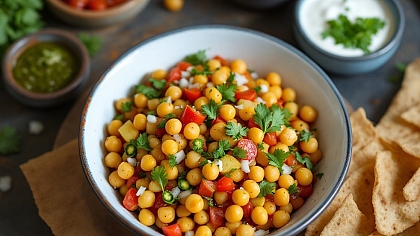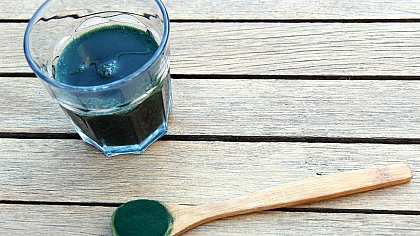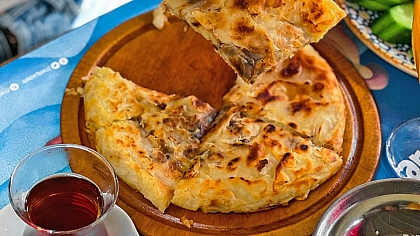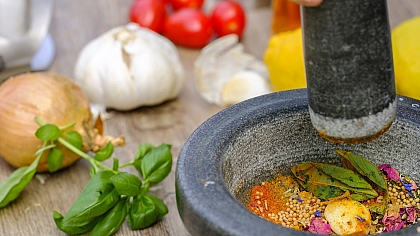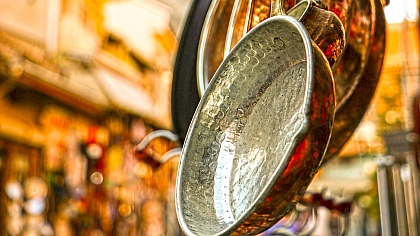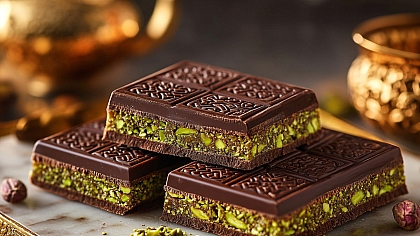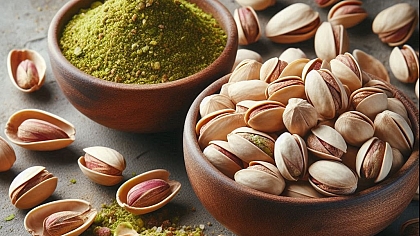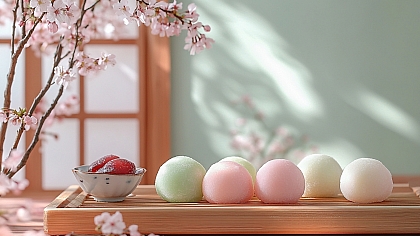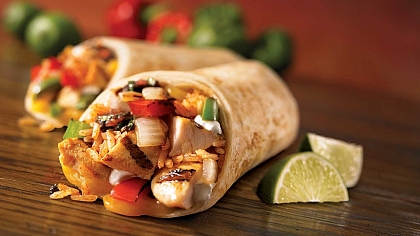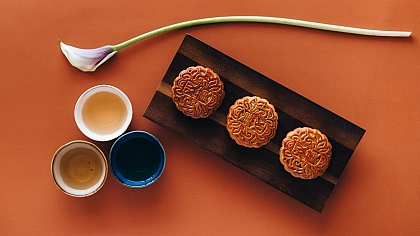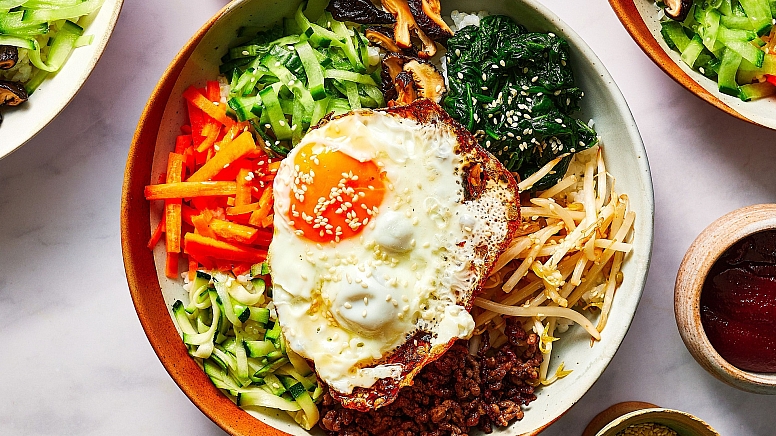
Find Out About Global Bowl Food: From Bibimbap to Poke Bowl
In a world brimming with culinary diversity, few food trends have captured the hearts and taste buds of people around the globe like bowl-format dishes, also known as bowl food or clean-eating bowls. These dishes, with their visually stunning presentation and diverse flavour profiles, showcase the best of local and international ingredients. Two such iconic bowl-format dishes are Bibimbap from Korea and Poke Bowl from Hawaii.
We are about to take you on a gastronomic journey to explore these two delightful dishes and their counterparts from around the world.
Bibimbap: A Korean Delight
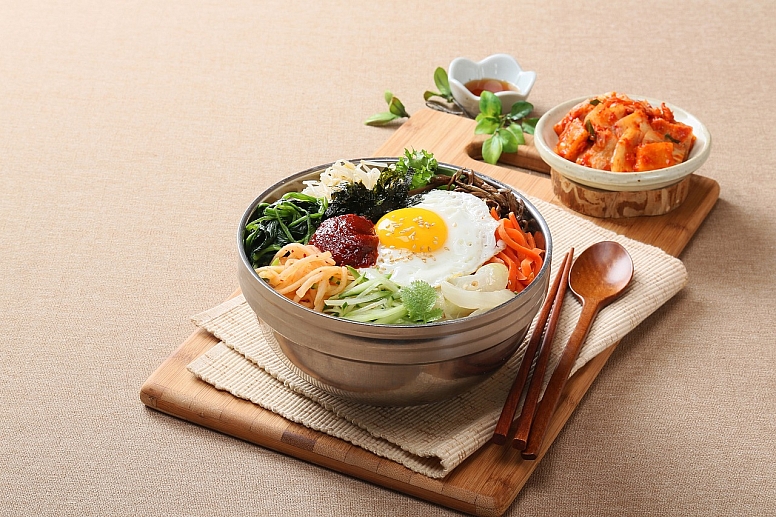
Origin: Bibimbap, which translates to "mixed rice" in Korean, is a cherished dish that hails from South Korea. It's a quintessential representation of Korean cuisine, known for its balance of flavours, textures, and vibrant colours.
Format: Bibimbap is typically served in a hot stone bowl called "dolsot bibimbap," although other variations exist. The dish starts with a base of steamed rice, and a selection of ingredients is artfully arranged on top. These ingredients often include seasoned vegetables like spinach, bean sprouts, carrots, and mushrooms, along with a protein such as beef or tofu. A fried or raw egg crowns the dish.
Sauce: What elevates Bibimbap to another level is the addition of gochujang, a spicy fermented red pepper paste. This sauce is mixed into the dish just before eating, creating a harmonious blend of flavours.
Poke Bowl: Hawaii's Culinary Gem
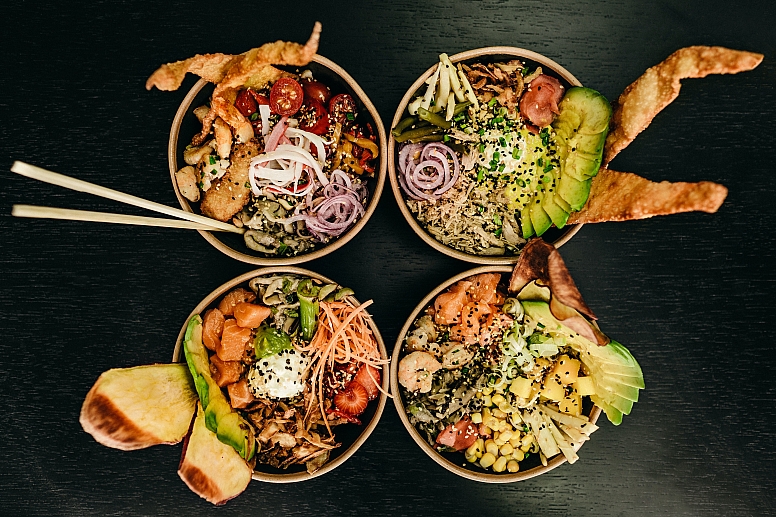
Origin: The Poke Bowl is a relatively modern creation originating from Hawaii. Inspired by Japanese sashimi, poke (pronounced poh-keh) means "to slice" in Hawaiian. It has gained immense popularity worldwide, thanks to its fresh and healthy components.
Format: The Poke Bowl features a base of sushi rice, although variations with mixed greens or noodles have also become popular. The star of the show is the cubed raw fish, typically marinated in soy sauce, sesame oil, and other seasonings. Toppings vary widely and can include avocado, seaweed salad, cucumber, edamame, and sesame seeds.
Sauce: The dressing of a Poke Bowl often includes a combination of sauces, such as soy sauce, sesame oil, sriracha mayo, or ponzu sauce. These sauces infuse each bite with a burst of umami and tangy flavours.
Beyond Borders: Global Bowl-Format Delights
As the world embraces the love for bowl-format dishes, other nations have put their spin on this culinary trend. Here are a few noteworthy examples:
Chirashi Sushi (Japan): A Symphony of Colours and Flavours
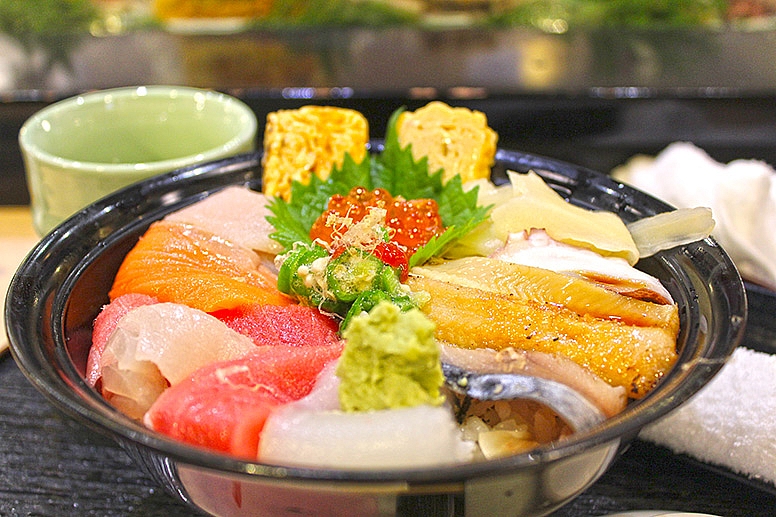
Origin: Chirashi sushi is a Japanese dish that translates to "scattered sushi." It features a bowl of vinegared rice that serves as a canvas for a colourful assortment of sashimi-grade fish, vegetables, and pickled garnishes. It's a visually striking and delectable dish.
Format: Chirashi sushi's presentation is reminiscent of edible art. The chef carefully arranges a variety of raw fish, such as tuna, salmon, and yellowtail, atop a bed of seasoned rice. Additionally, it includes toppings like a thinly sliced omelette, shiitake mushrooms, pickled ginger, and nori seaweed strips.
Sauce: Chirashi sushi is typically served with soy sauce and wasabi on the side, allowing diners to customize the seasoning to their liking. The combination of fresh fish, vinegared rice, and umami-rich soy sauce creates a harmonious flavour profile.
Buddha Bowl: A Wholesome Plant-Based Feast
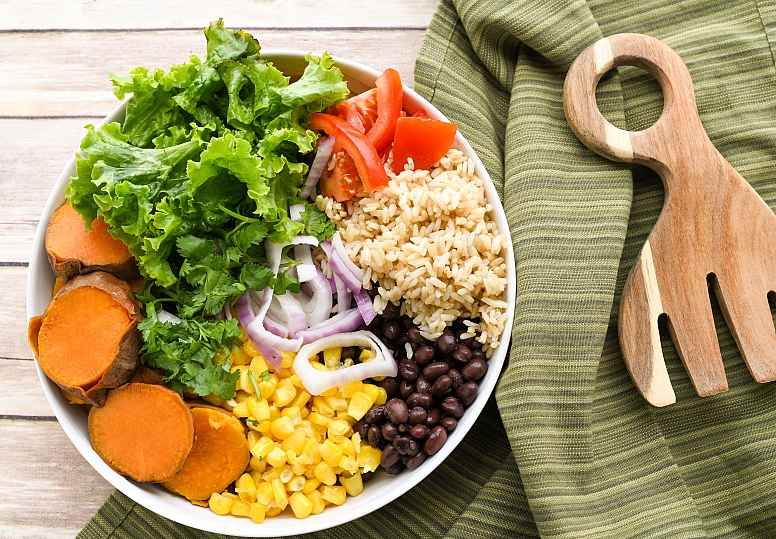
Origin: The Buddha Bowl is a versatile and healthy bowl-format dish that can be found around the globe. It is a plant-based delight that combines various grains, vegetables, legumes, and proteins like tofu or chickpeas.
Format: The core of a Buddha Bowl is a hearty base like quinoa, brown rice, or couscous. On top of this, a colourful array of cooked and raw vegetables, beans, and legumes are artistically arranged. Often, these bowls also feature avocado slices, nuts, seeds, and sprouts for added texture and nutrition.
Sauce: What ties everything together in a Buddha Bowl is the dressing. It can range from tahini-based sauces to zesty vinaigrettes, adding layers of flavour and creaminess to the dish. The versatility of Buddha Bowls allows for endless creative combinations.
Açai Bowl (Brazil): A Tropical Morning Delight
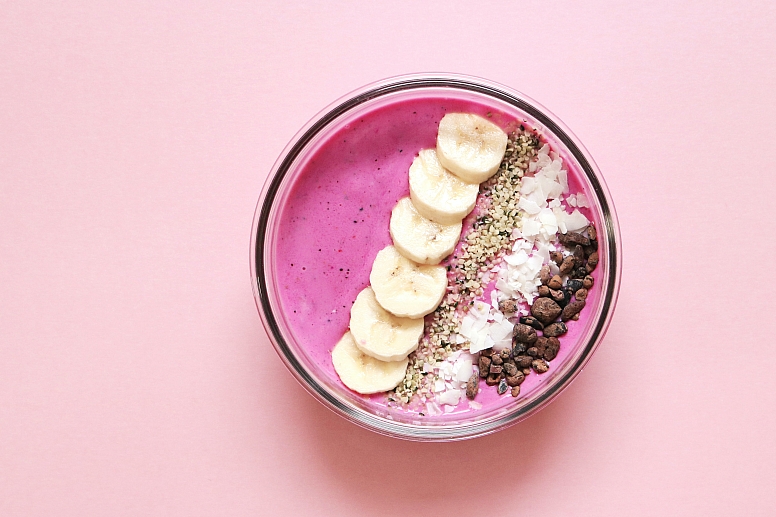
Origin: Originating from Brazil, the Açai Bowl has become a global sensation, especially for health-conscious individuals. It's a delightful breakfast or snack option showcasing the Amazon rainforest's vibrant flavours.
Format: The base of an Açai Bowl is a thick, purple puree made from frozen açai berries, a superfood known for its antioxidant properties. This puree serves as the canvas for a colourful assortment of toppings. Fresh fruits like strawberries, bananas, and blueberries are often added, along with granola for crunch and shredded coconut for a tropical touch.
Sauce: A generous drizzle of honey or agave nectar tops off an Açai Bowl, enhancing the natural sweetness of the açai puree and fruits. It's a refreshing and energizing way to start the day.
Gado-Gado (Indonesia): A Harmony of Indonesian Flavours
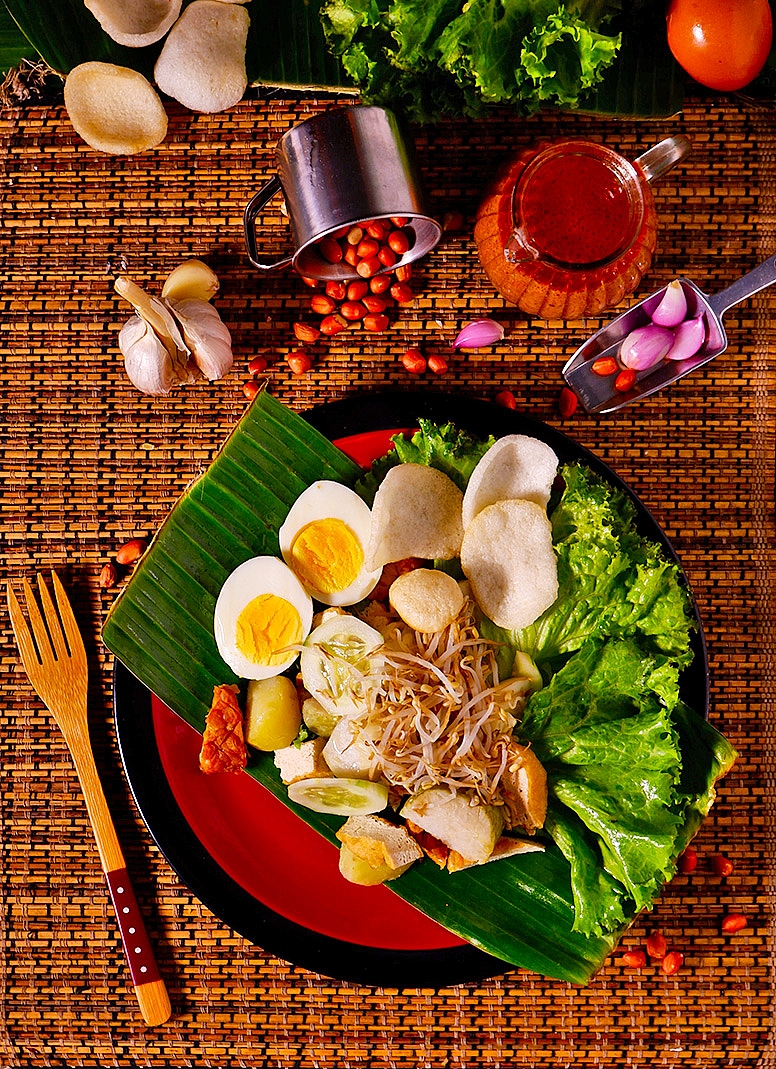
Origin: Gado-Gado is a classic Indonesian salad bowl that embodies the nation's culinary diversity. It's a harmonious blend of textures and flavours, showcasing the richness of Indonesian cuisine.
Format: At the heart of Gado-Gado is a medley of cooked and raw vegetables, such as steamed green beans, bean sprouts, and cucumber slices. Tofu and hard-boiled eggs provide protein, while a fragrant peanut sauce ties everything together. This sauce is the soul of Gado-Gado, a perfect balance of sweet, spicy, and savoury flavours.
Sauce: The peanut sauce in Gado-Gado is a mixture of roasted peanuts, coconut milk, palm sugar, and a dash of chilli for heat. It's a creamy, nutty delight that adds depth and character to the dish, making Gado-Gado a beloved Indonesian classic.
Celebrating Diversity Through Bowls
As we venture further into the global culinary landscape, we discover a cornucopia of bowl-format dishes, each with its own unique story, ingredients, and flavours.
From the vibrant hues of Chirashi Sushi in Japan to the tropical paradise of the Açai Bowl in Brazil, and the harmony of Gado-Gado in Indonesia, these dishes serve as a testament to the power of food to transcend borders and unite cultures.
Whether you seek comfort, health, or adventure in your dining experiences, these global bowl-format delights have something to offer for every palate.

